SLUMDOG MILLIONAIRE (2008)
A young man from the slums of Mumbai is accused of cheating after he wins a fortune on a game show.
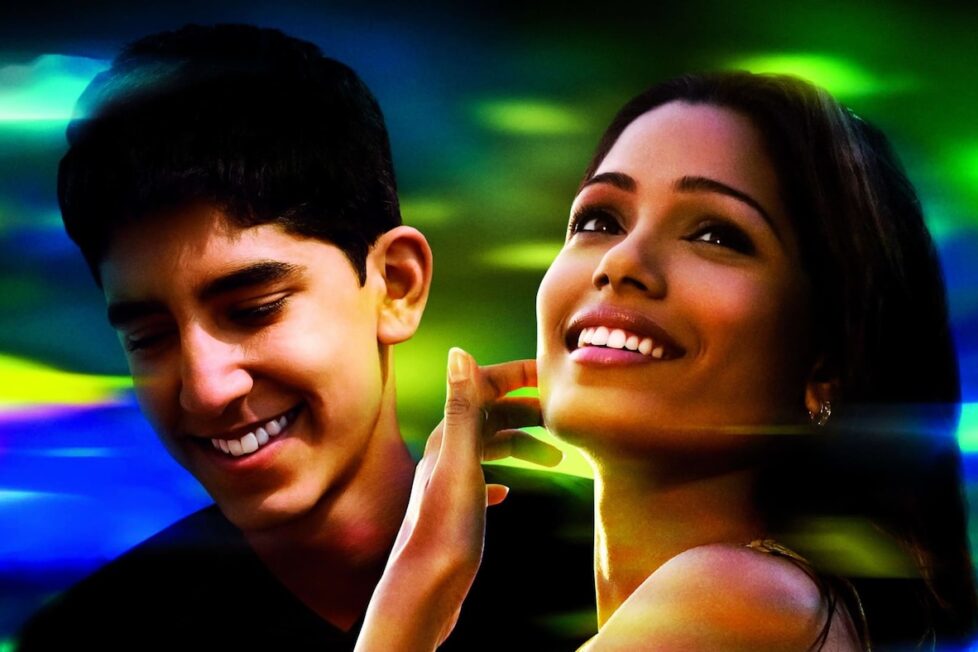
A young man from the slums of Mumbai is accused of cheating after he wins a fortune on a game show.


At the mention of “Danny Boyle,” many conjure up images of an exuberant, attention-grabbing filmmaking style that utilizes the entire cinematic arsenal to its fullest, perhaps even excessively. While this perception holds some truth, it paints an incomplete picture. One of Boyle’s most impactful films, Steve Jobs (2015), defies the notion of an overly directed “Danny Boyle film” by seamlessly concealing its intricate and artful construction. Conversely, his best works—Shallow Grave (1994), 28 Days Later (2002), 127 Hours (2010), Trainspotting (1996), and its poignant sequel two decades later—stand out not for their relentless stylistic flourishes but for their compelling premises and sheer narrative drive.
The same can be said of Slumdog Millionaire, but only to a certain extent. The film is built on an ingenious and captivating premise: an unlikely quiz show winner must convince sceptical police that his life experiences, rather than formal education, enabled him to answer all the questions correctly without cheating. While not visually overwrought, with Boyle seemingly content with the inherent interest of the Indian setting, the film isn’t without its moments of unreality (another Boyle hallmark) and is brimming with life throughout.
Unfortunately, though, two of the main elements on which Boyle does rely to create interest—the game show itself, and India—both fail for different reasons.
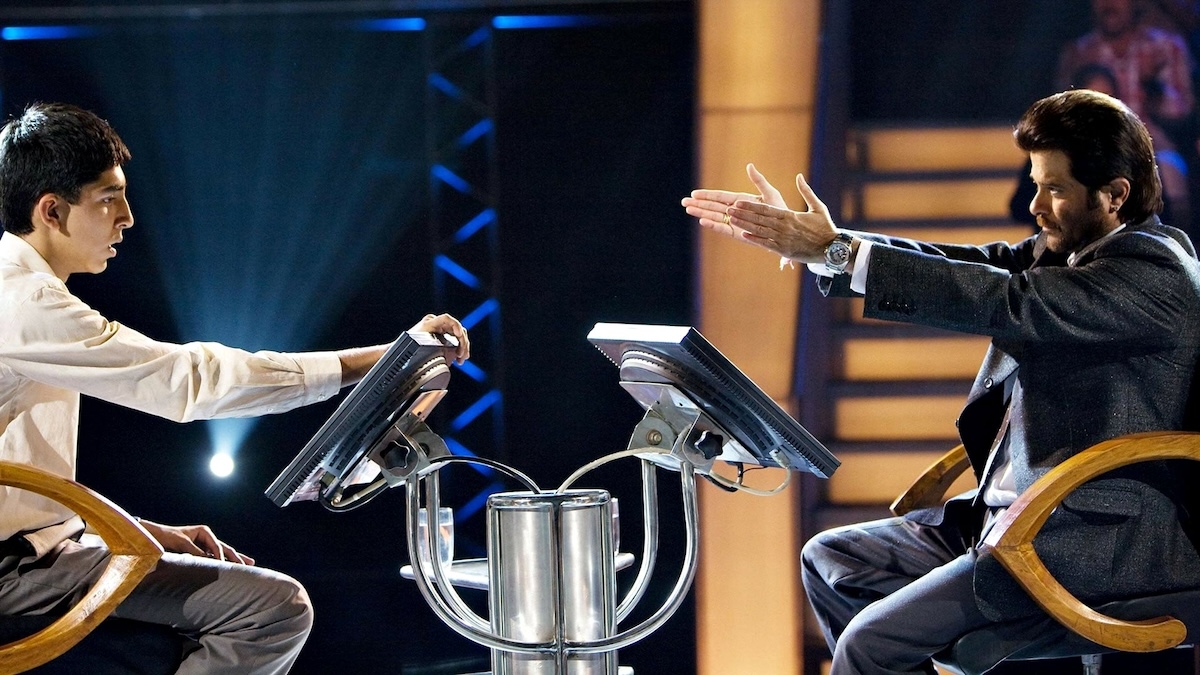
Firstly, and this didn’t apply in 2008, of course, there’s the undeniable fact that Who Wants to Be a Millionaire? has long since faded from water cooler discussions; it feels decidedly antiquated, and by firmly setting the events in the past rather than the present, the film loses some of its immediacy.
Secondly, though, is an issue that certainly applied in 2008 and was much commented on at the time, and seems even more poignant on re-watching the movie today: Boyle’s treatment of India. The country and its people are presented as quaint, picturesque, and amusing; at times, Slumdog Millionaire comes uncomfortably close to a kind of cinematic poverty tourism that gawks at India but cannot fully engage with it. The plot ultimately hinges on a Mumbai slum dweller’s knowledge of 19th-century French literature, and a key emotional scene is underscored by a performance of 18th-century German opera (Gluck’s Orfeo ed Euridice) appearing out of nowhere; this is the cultural world on which the film is built, one in which India is inherently different.
Naturally, Boyle, being an Englishman, can’t entirely escape his cultural background. It’s plausible that he’s subtly critiquing Eurocentrism through the film’s portrayal of Mumbai call centre employees training to impersonate Brits. However, this interpretation doesn’t feel entirely convincing. It’s important to acknowledge that the film also had an Indian co-director, Loveleen Tandan, and that the novel on which Slumdog Millionaire is based, Q & A by former Indian diplomat Vikas Swarup, has the protagonist answering quiz show questions about Beethoven and Shakespeare. Therefore, Boyle and screenwriter Simon Beaufoy aren’t merely imposing a Western perspective from afar, as some might suggest.
It does, however, appear that way, and that is a significant part of the issue. The patronizing impression that Slumdog Millionaire conveys is almost certainly unintentional, but anyone who is aware that the film is primarily the work of British filmmakers is likely to perceive it, and once perceived, it’s impossible to ignore. The issue may be largely perceptual, but it is a misjudgment nonetheless.
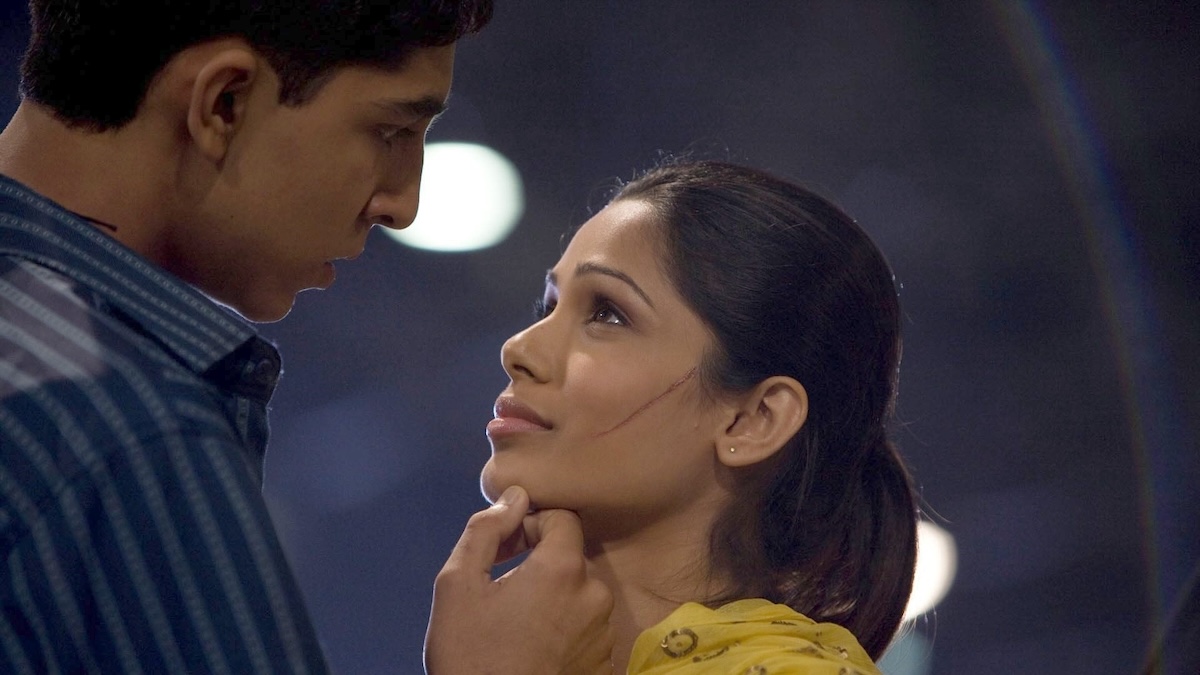
Tightly focused compared to Swarup’s novel, with fewer picaresque diversions, Slumdog Millionaire weaves together three narrative strands, two set in 2006 and the third spanning roughly the previous 15 years. The film opens with one of the 2006 stories in a police station, where Jamal (Dev Patel) is being brutally interrogated after winning 20 million rupees (comparable to about $650,000 today) on an Indian version of the Millionaire game show (which doesn’t closely resemble the Hindi incarnation, Kaun Banega Crorepati, in every detail, but that’s of little consequence).
Suspected of having cheated, one of the policemen remarks, “Even professors don’t get this far in the competition. What on earth could a slumdog possibly know?” But Jamal adamantly asserts, “I knew the answers.”
The movie then intercuts between the show itself, set in the preceding days and featuring Jamal’s encounter with host Prem (Anil Kapoor), and flashback scenes depicting Jamal’s past, beginning in an impoverished community near the beach in Mumbai’s Juhu suburb (ironically also a favoured residence for Bollywood stars).
The film follows the lives of Salim (played by Madhur Mittal as an older boy) and his brother, as well as their friend Latika (Freida Pinto when older), over a period of more than a decade. During this time, they experience numerous changes in setting and encounter unexpected narrative developments, far surpassing those found in the police station and quiz show strands.
Major subplots involve their encounters with criminal gangs, first as captives of the sinister Maman (Ankur Vikal), who kidnaps street children and forces them to beg for him. Later, they fall into the orbit of the crime boss Javed (Mahesh Manjrekar), with whom Jamal, Salim, and Latika develop a unique relationship.
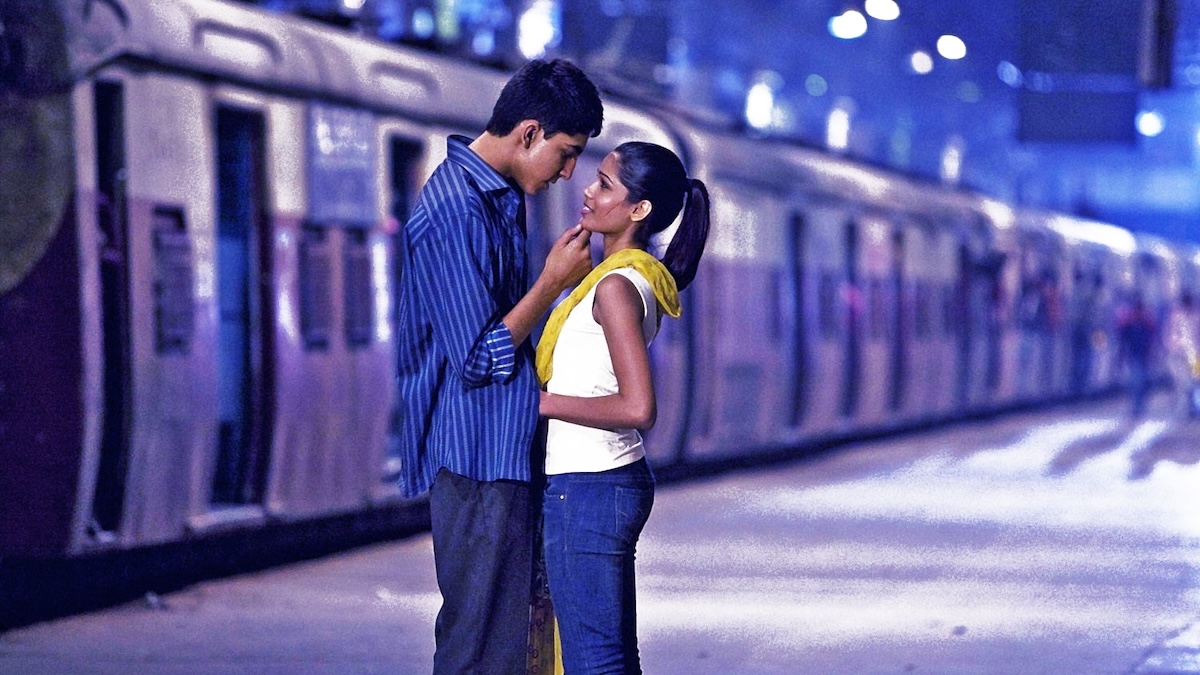
Jamal’s unwavering love for Latika remains throughout the film, as Salim observes with a hint of exasperation, “That guy, he will never give up.” This determination to pursue his desires, even when the odds seem insurmountable, mirrors his success in the Millionaire game, as the film cuts between relatively brief 2006 scenes and often much longer flashback sequences.
Despite some overuse of Dutch angles and some self-conscious posterisation, Boyle’s direction is restrained compared to some of his other films. There are some very effective passages, ranging from a shit-diving sequence near the beginning to a touching encounter between Jamal and Latika at the gangster Javed’s mansion near the end. The film also includes a powerful early action sequence (well-edited by Chris Dickens) where Muslims and Hindus clash.
The camerawork of cinematographer Anthony Dod Mantle is frequently striking and highly mobile, making effective use of coloir in this relatively early example of a major mainstream film shot digitally. As one might expect from a western film set in India, there’s a predominance of yellows, oranges, and reds. (The very first shot, of a hostile cop blowing smoke into Jamal’s face, is a vivid turmeric-yellow.) While these colours are to some extent true to life, the film doesn’t rely solely on them. The palette and lighting can range from bright and sunny to dimly lit, distinctly cold (as seen in a nighttime confrontation between Jamal and Salim), or straightforwardly realistic (particularly in the police station scenes, although the game show itself is also a fairly accurate visual rendering of Millionaire, at least as familiar to western audiences).
While Patel makes a capable debut as Jamal, his earnest and somewhat bewildered demeanour can become monotonous, and his performance lacks the vibrancy he would later display in works like Armando Iannucci’s Personal History of David Copperfield (2019). The actors portraying Jamal’s younger counterparts—some of whom were recruited from the same slum backgrounds as their fictional characters—all deliver impressive performances, particularly Ayush Mahesh Khedekar as the youngest Jamal. However, like their older counterparts, they remain largely superficial; while we may feel empathy and affection for them, we do not truly feel as if we know them.
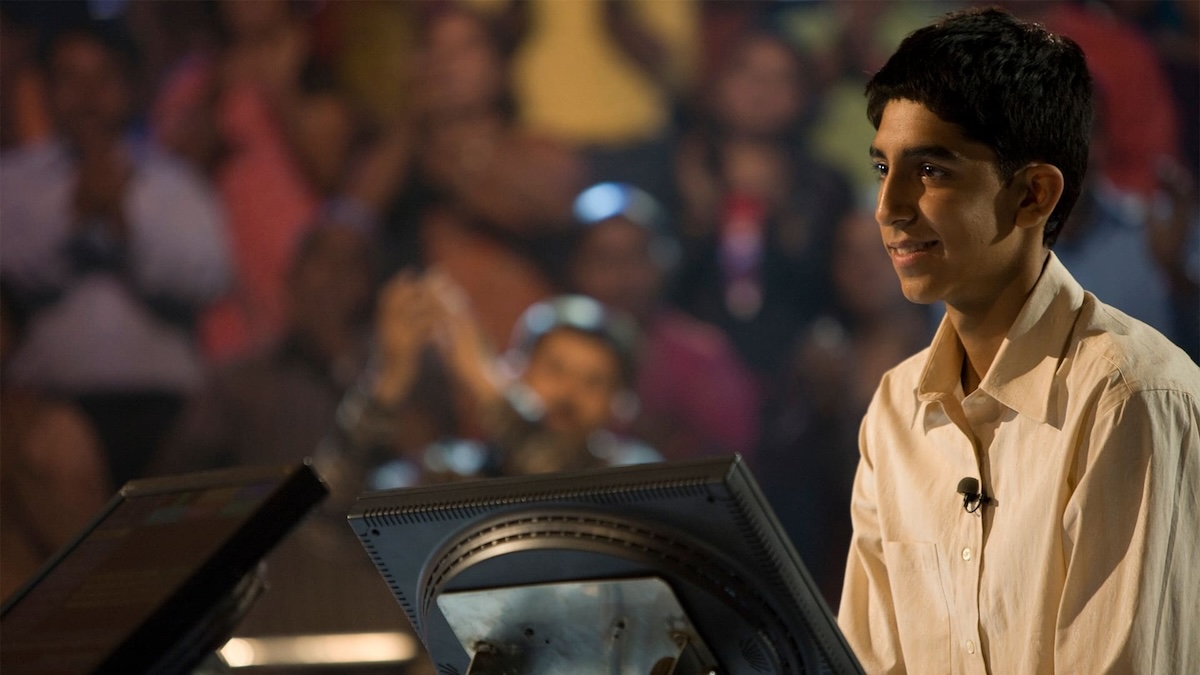
Two other notable performers are seasoned adults. Anil Kapoor, already a Bollywood star before this, his debut English-language film, delivers a perfectly poised game show host, balancing friendliness with menace (he’s more of a villain in the novel, but the Millionaire production company Celador partially funded the movie…) Irrfan Khan, as a police inspector investigating Jamal’s alleged cheating, could easily overshadow the film with more screen time, and it’s intriguing that some deleted scenes reportedly made his character even more sympathetic.
In other roles, Pinto (who subsequently excelled in Hulu’s The Path in 2018, among many others) delivers a credible and affecting portrayal of the older Latika, while Vikal’s Maman embodies a suitably creepy Fagin-esque character (as Slumdog Millionaire is often likened to Dickens’ works).
Complementing Patel’s compelling performance, India emerges as a vivid and dominant character, though not without its clichés. From chai wallahs to train-top escapades, from grinning street children to the Taj Mahal framed by sped-up cloud shadows, the film presents a familiar India. It even concludes with a Bollywood parody set in Mumbai’s Chhatrapati Shivaji railway station, a colonial-era monument formerly known as Victoria Terminus, aptly dubbed “St. Pancras masala.” This playful nod to western perspectives underscores the film’s underlying theme of India’s often-overlooked presence.
Slumdog Millionaire does allude to change, particularly in the city of Mumbai, but this can come across as somewhat contrived. The film’s portrayal of India seems tailored to appeal to western audiences rather than stemming from any genuine interest in the country. This extends even to the language: while there are scattered Hindi phrases throughout the film, the older Jamal speaks in British English (despite the fact that Indian English is far from an unintelligible patois). The screenwriter, Beaufoy, claimed to have coined the term “slumdog,” presumably because it sounded to western ears like the kind of term that could be Indian slang.
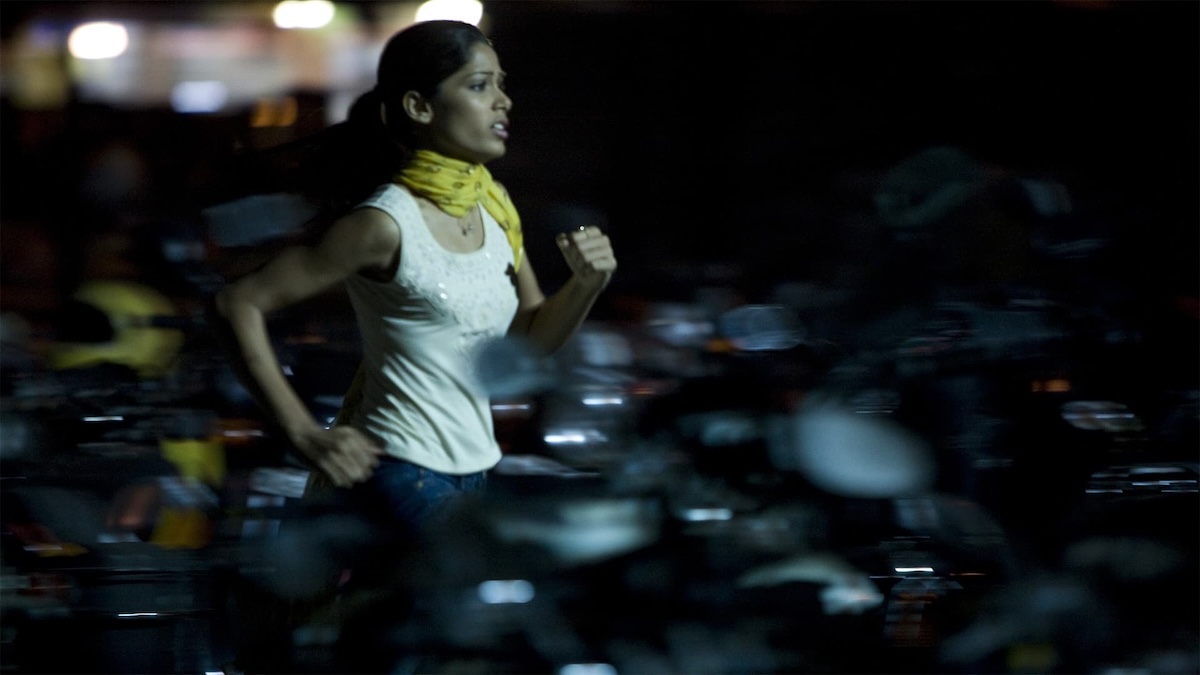
Amidst these concerns—none of them particularly significant when considered individually, but collectively contributing to a genuine unease about the film’s portrayal of its setting and, consequently, its human subjects as well—there have also been objections raised regarding the production’s alleged exploitation of slum children as actors. While this is not the appropriate forum to delve into these objections, and they do not directly impact the film itself, they underscore an even more fundamental question: setting aside the issue of the source novel, was it truly necessary for Slumdog Millionaire to be set in India at all?
Wouldn’t the concept have worked just as effectively in a British or American setting? If so, is the use of India merely a form of exoticism? To illustrate, Jamal’s attempt to differentiate between an Indian slum kid’s street smarts and the type of Western-oriented knowledge required for the game show appears to be a half-hearted effort by the filmmakers. Ultimately, it’s the latter form of knowledge, albeit acquired through luck rather than formal education, that secures the young man’s victory. This, again, highlights the superficiality of the film’s ostensible commitment to the reality of its Indian characters. While it claims to value Indian street knowledge, it ultimately demonstrates that academic knowledge of the western world holds the true power.
To me, this appears to be the most significant issue with the setting, rather than the story’s unrealism as criticized by Salman Rushdie and others. Like most rags-to-riches stories, it’s not meant to be entirely plausible. (Mark Browning, in his book on Boyle, aptly describes it as the “elevation of the premise from extremely unlikely social realism to the status of myth.”) Regardless of whether slum children were exploited for Western entertainment, India itself certainly is, and not in a very insightful way.
Slumdog Millionaire’s contemporary reception and box office success may have overstated its overall effectiveness. Despite being ostensibly central to the film, the romantic story between Jamal and Latika can feel somewhat tacked-on and, regardless of the filmmakers’ intentions, it doesn’t play as significant a role as the quiz show narrative.
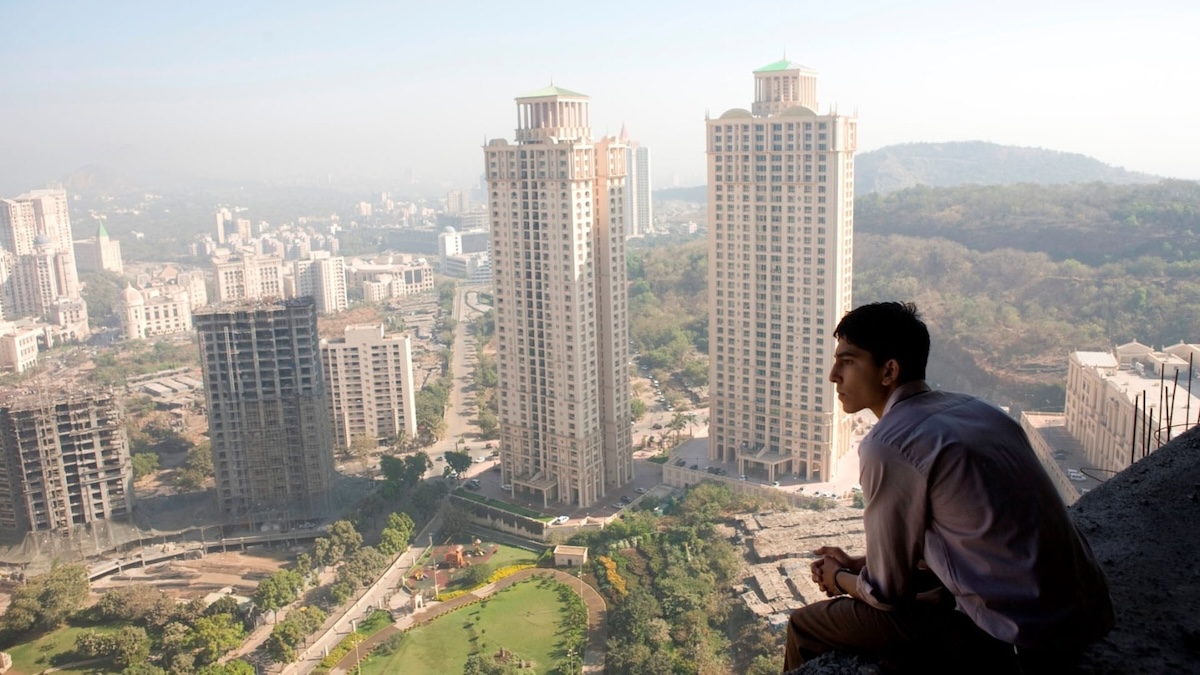
The structured format of Who Wants to Be a Millionaire?, with its distinct sections for each question, imparts an episodic feel to the movie. Additionally, the foreknowledge, instilled from the outset, that Jamal will ultimately secure the grand prize diminishes the suspense. While there are some unexpected twists along the way, the audience remains assured that the gravest dangers will be averted and the most formidable obstacles will be surmounted. Even the police subplot is compromised by the audience’s awareness; since the entire narrative hinges on Jamal’s innocence, it’s practically inevitable that his interrogators will eventually recognize his innocence (particularly in a film widely perceived as uplifting, despite its depictions of torture, murder, and mutilation).
None of this hurt Slumdog Millionaire at the box office or at the Academy Awards, where it garnered a remarkable haul of production-related Oscars. These included ‘Best Picture’, ‘Best Director’, ‘Best Adapted Screenplay’, ‘Best Cinematography’, and ‘Best Film Editing’, along with well-deserved awards for music. Notably, however, the film didn’t receive any acting awards.
The film’s novelty at the time was undoubtedly attributable to its setting, as western movies set in modern India were and remain scarce, and its connection to Who Wants to Be a Millionaire? However, upon removing these novel elements, the film’s appeal diminishes significantly, despite some commendable performances and technical execution.
Boyle refrains from excessive visual gimmickry, but both India and the game show format itself become gaudy distractions, embellishing a narrative that lacks the captivating quality it should possess. The characterisations are thinly drawn, and a love story that strives for transcendence gets lost amidst the frenetic activity.
UK | 2008 | 120 MINUTES | 2.35:1 • 2.39:1 | COLOUR | ENGLISH • HINDI

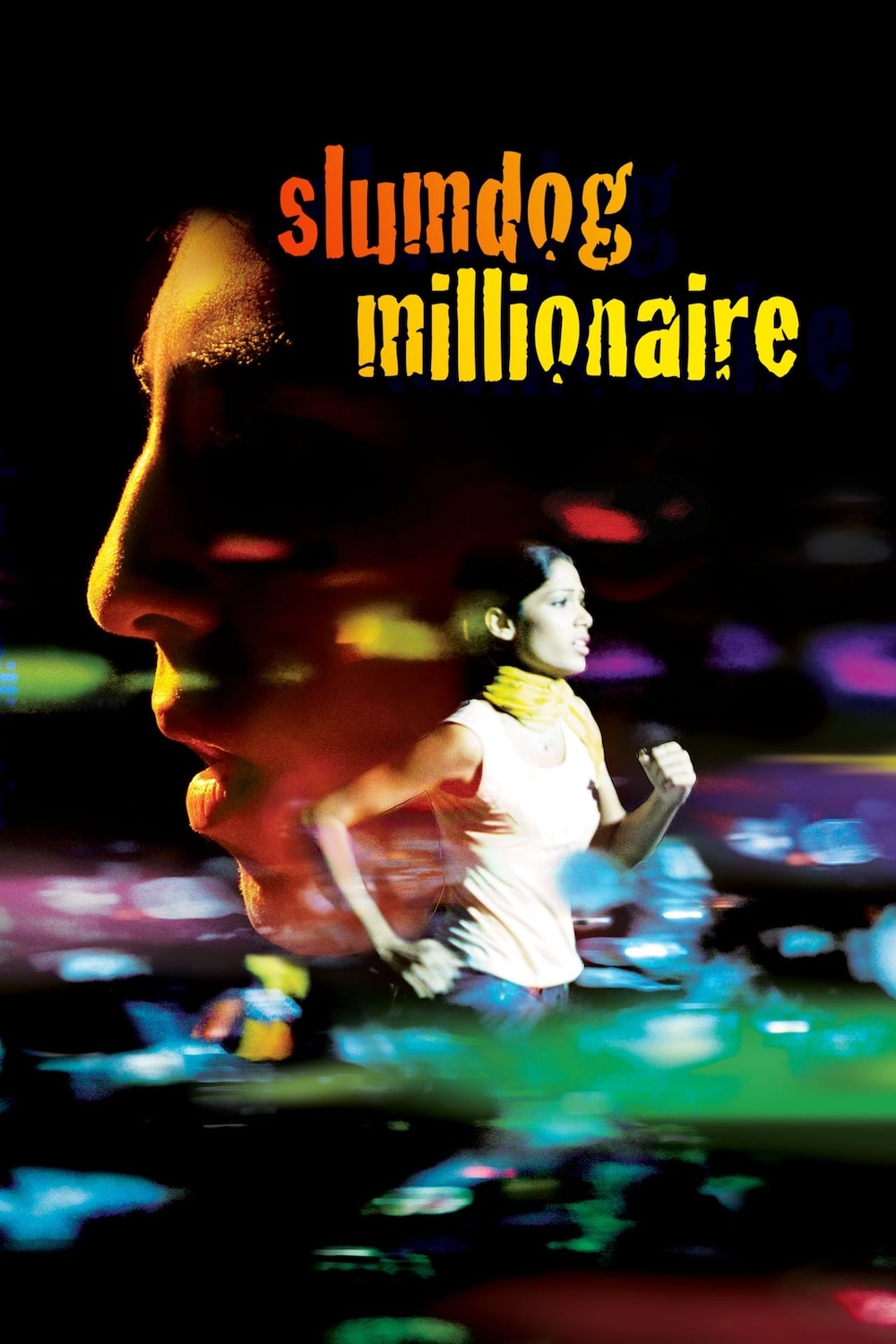
directors: Danny Boyle & Loveleen Tandan.
writer: Simon Beaufoy (based on the novel ‘Q & A’ by Vikas Swarup).
starring: Dev Patel, Freida Pinto, Madhur Mittal, Anil Kapoor & Irrfan Khan.
